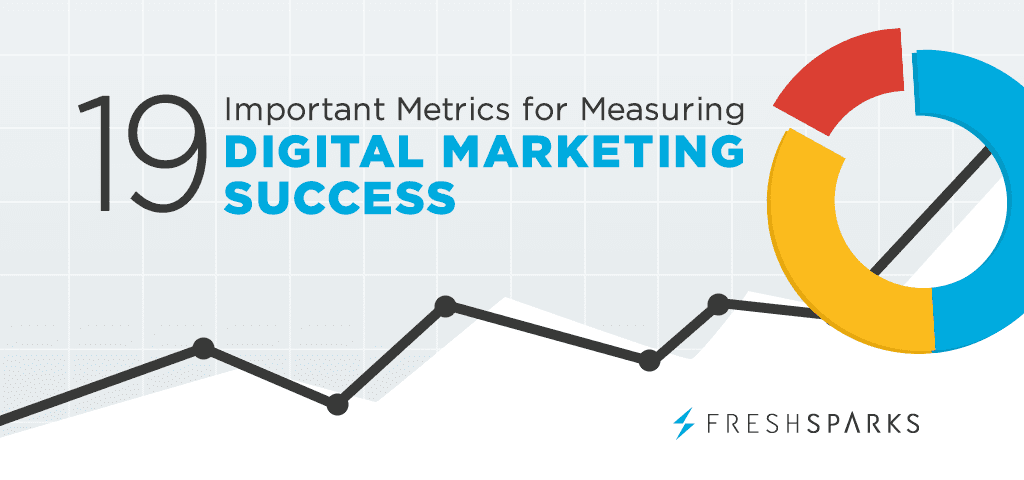- Have any questions?
- +91 96020 93137
- +91 93525 62080
- info@worldseoservices.com
Measuring Success: KPIs and Metrics to Evaluate Your Immigration Brand’s Digital Strategy

Storytelling for Impact: Using Digital Platforms to Amplify Your NGO’s Message
August 22, 2023
Staying Compliant: Navigating the World of Digital Marketing for IVF Clinics
August 23, 2023Introduction:
In today’s fast-paced and interconnected world, digital marketing has become an indispensable part
of every business, including immigration services. As immigration brands aim to expand their reach
and connect with a global audience, a well-crafted digital strategy is essential. However, to ensure
the effectiveness of this strategy, it is crucial to measure its success through Key Performance
Indicators (KPIs) and relevant metrics. In this blog, we will explore the essential KPIs and metrics that
immigration brands should consider to evaluate the performance of their digital marketing efforts
and achieve their goals effectively.
- Website Traffic and Source Analysis:
The first step in assessing your immigration brand’s digital strategy is to track website traffic and
analyze its sources. Utilize tools like Google Analytics to understand the volume of visitors your
website attracts and identify the channels bringing them in. Some vital metrics to consider are:
a) Total Website Visits: Measure the overall number of visits to your website, providing an overview
of its overall performance.
b) Organic Traffic: Assess the number of visitors coming to your website through organic search,
indicating the effectiveness of your SEO efforts.
c) Referral Traffic: Monitor traffic from external sources such as partner websites, directories, or
social media platforms.
d) Direct Traffic: Understand how many visitors access your website directly, indicating brand
recognition and loyalty.
Analyzing these metrics allows you to identify the strengths and weaknesses of your online presence
and adapt your digital strategy accordingly.
- Conversion Rate and Lead Generation:
An effective immigration digital strategy should focus on converting website visitors into potential
leads. Track conversion rates to evaluate the effectiveness of your call-to-action (CTA) elements,
lead capture forms, and landing pages. Key metrics to consider are:
a) Conversion Rate: Measure the percentage of website visitors who complete a desired action, such
as submitting a contact form or signing up for a newsletter.
b) Lead Generation: Analyze the number of leads generated through various digital channels,
providing insight into the success of your lead nurturing efforts.
Optimizing your conversion rate and lead generation process will enhance your immigration brand’s
ability to attract and retain potential clients.
- Return on Investment (ROI):
Measuring the ROI of your digital strategy is crucial to understand the overall profitability of your
marketing efforts. Calculate the revenue generated from your digital campaigns against the total
costs incurred, including advertising expenses and marketing software subscriptions. By tracking ROI,
you can identify high-performing campaigns and allocate resources to the most effective channels.
- Social Media Engagement:
Social media platforms offer an excellent opportunity for immigration brands to connect with their
audience and build a strong online presence. Analyzing social media metrics helps you understand
your brand’s reach, engagement levels, and audience sentiment. Consider the following KPIs:
a) Follower Growth: Monitor the growth of your social media following over time to gauge the
effectiveness of your content and engagement strategies.
b) Engagement Rate: Calculate the percentage of likes, shares, comments, and clicks on your social
media posts to measure audience interaction.
c) Sentiment Analysis: Utilize social listening tools to assess the sentiment around your brand and
understand how your audience perceives your services.
By actively engaging with your audience and monitoring social media metrics, you can build brand
loyalty and strengthen your immigration brand’s reputation.
- Cost Per Lead (CPL) and Customer Acquisition Cost (CAC):
To assess the efficiency of your digital strategy, it’s essential to analyze the costs associated with
lead generation and customer acquisition. Calculate the CPL, which divides your marketing spend by
the total number of leads generated. Similarly, determine the CAC by dividing your total marketing
costs by the number of new customers acquired. Lowering these costs over time indicates an
optimized and cost-effective strategy.
- Email Marketing Performance:
Email marketing remains a powerful tool for immigration brands to nurture leads and maintain client
relationships. Monitor email marketing metrics to evaluate the success of your campaigns. Some key
metrics to track include:
a) Open Rate: Measure the percentage of recipients who open your emails to determine the
effectiveness of your subject lines and sender name.
b) Click-Through Rate (CTR): Assess the percentage of recipients who clicked on links within your
emails, indicating the relevance of your content.
c) Unsubscribe Rate: Keep an eye on the number of subscribers opting out of your email list to
identify potential issues with content or frequency.
By analyzing email marketing performance, you can refine your campaigns and deliver more
personalized content to your audience.
Conclusion:
As immigration brands continue to leverage digital marketing to reach a global audience, measuring
the success of their efforts is paramount. By understanding and tracking the right KPIs and metrics,
including website traffic, conversion rates, social media engagement, ROI, CPL, CAC, and email
marketing performance, immigration brands can gain valuable insights into their digital strategy’s
effectiveness. These insights enable continuous improvement and optimization, allowing brands to
create compelling and successful digital marketing campaigns that resonate with their target
audience and drive meaningful results. Remember, measuring success is an ongoing process, and
regular analysis is crucial to stay competitive in the ever-evolving digital landscape.


